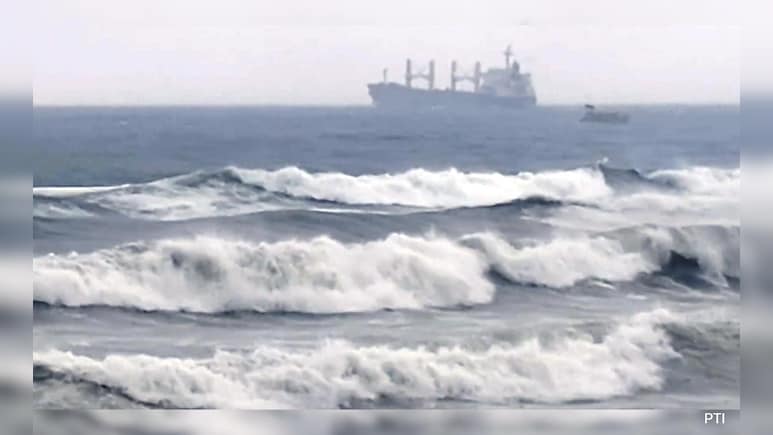
Cyclone Montha hit the Andhra Pradesh coast on Tuesday, with heavy rain and strong winds battering multiple districts. In Konaseema, a woman in Makanagudem village died after an uprooted tree fell on her, police said.
Nearly 76,000 people were evacuated as the state set up medical camps and supplied fodder for livestock. The storm damaged crops on about 38,000 hectares and affected horticultural produce across 1.38 lakh hectares. Odisha also felt its impact, with 15 districts reporting damage to infrastructure and farms.
As relief operations continue, let's find out why cyclones head for land rather than remaining over the sea.
How Cyclones Form And Move
Cyclones form over warm ocean waters with temperatures above 26 degrees Celsius. The heat and moisture from the sea give them energy. Once formed, they move with the surrounding wind patterns, like a leaf carried by a river.
Most cyclones form between 5 and 20 degrees latitude on either side of the equator. Here, winds called trade winds blow from east to west as part of a global wind system known as the Hadley circulation. In this system, warm air rises near the equator, moves toward the poles, cools, sinks, and flows back toward the equator. The Earth's rotation turns these winds westward, pushing cyclones across the oceans.
Why Cyclones Hit India's East Coast
Because of these trade winds, storms in the Bay of Bengal usually move westward towards India's eastern coast. This is why most cyclones that form near Myanmar or the Andaman Sea end up hitting Andhra Pradesh, Odisha or West Bengal.
Why Cyclones Move Towards Land
Cyclones grow stronger over warm water but weaken quickly after reaching land since they lose their energy source. Still, the winds around them often push them inland.
In the Bay of Bengal, trade winds blow from east to west, carrying storms towards India's eastern coast.
In the Arabian Sea, wind direction changes with the monsoon. From June to September, during the southwest monsoon, winds blow from the southwest to the northeast, pushing storms towards India's western coast. From October to March, the northeast monsoon reverses the flow, blowing towards Africa, so storms move away from India.
The Role Of Monsoons
The Indian Ocean is special because its wind direction changes with the monsoon. During the southwest monsoon, winds move from the southwest to the northeast, sending Arabian Sea cyclones towards India's western coast, especially Gujarat, Maharashtra and sometimes Kerala.
During the northeast monsoon, winds blow from India towards the equator and Africa, pushing storms westward towards the Arabian Peninsula or Somalia. Cyclones are rare in winter because the sea is cooler and wind shear is stronger.
When Winds Are Weak
When steering winds are weak, cyclones can slow down or stay in one place for hours. If global wind patterns blew the other way, cyclones would drift out to sea instead of towards land, and coastal areas would face far fewer storms and less damage.
Track Latest News Live on NDTV.com and get news updates from India and around the world

